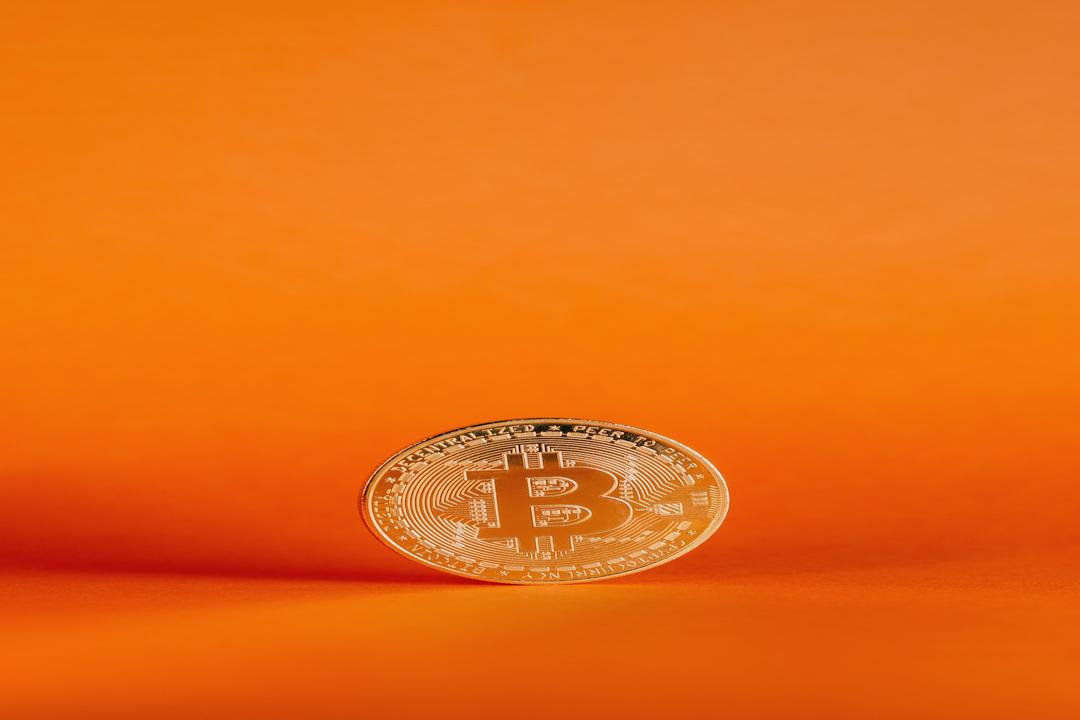The Federal Reserve of the United States decided in early May to keep interest rates at their highest level in nearly 20 years due to high inflation and a strong economy. Despite this, the US stock market experienced a wave of selling last week, even as it continued to reach new highs.
In the background, there has been a discussion about whether gold is truly a hedge asset. Its annualized volatility is even higher than that of the US stock market, and buying at the wrong time can still result in losses.
Furthermore, there has been an increase in the correlation between Bitcoin and the US stock market, as whale activity in the Bitcoin market has reached its lowest level this year.
During the interest rate decision meeting in early May, the Federal Reserve announced that it would maintain the federal benchmark interest rate at a range of 5.25% to 5.5%, achieving a rate freeze for the sixth consecutive time. Nick Timiraos, a journalist for The Wall Street Journal known as the “Fed megaphone,” pointed out in his latest article on the 23rd that the Federal Reserve reached the conclusion during the meeting that they would need to keep rates at the current level for longer than expected due to disappointing inflation data for the third consecutive month.
In this context, David Solomon, CEO of Goldman Sachs, also stated on the 22nd during an event at Boston College that the US economy has shown resilience due to government spending and investments in artificial intelligence infrastructure. He predicted that the Federal Reserve will not cut interest rates this year.
Goldman Sachs’ report revealed that hedge funds reduced their holdings of US stocks with an unprecedented intensity last week (from May 20th to May 24th), reversing the trend of net buying over the previous five weeks. This was the first time this has happened since the beginning of this year. The selling also included the following points: index funds, ETFs, and individual stocks all experienced net outflows. This is the first net selling for macro-view products like index funds and ETFs in six weeks, and individual stocks have seen three consecutive weeks of net selling, marking the largest nominal outflow so far this year.
The selling activity spread across 11 industries in the US, with the industrial, information technology, and real estate sectors experiencing the most significant declines. It is worth mentioning that cyclical industries saw the largest nominal net selling since December last year.
The industrial sector has been the most severely affected, recording net outflows for 11 consecutive trading days. Sub-industries such as machinery, ground transportation, professional services, and airlines have seen the highest net selling in over a decade in the past two weeks.
The report also pointed out that recent signs of economic recovery and the Federal Reserve’s hawkish policy stance indicate that the environment may maintain high interest rates in the long term, and the selling behavior is investors’ response to this.
Related reports:
– President Biden’s rare statement on Fed interest rate tables: a possible delay in rate cuts for a month. Goldman Sachs estimates only two rate cuts this year, starting in July.
– MicroStrategy’s Michael Saylor: Bitcoin will be widely adopted by major institutions such as JPMorgan and Goldman Sachs by 2024, becoming a mainstream asset for young people.
– Goldman Sachs aims to become an underwriter for commodity ETFs, following BlackRock and Grayscale’s GBTC trading. (AP)


